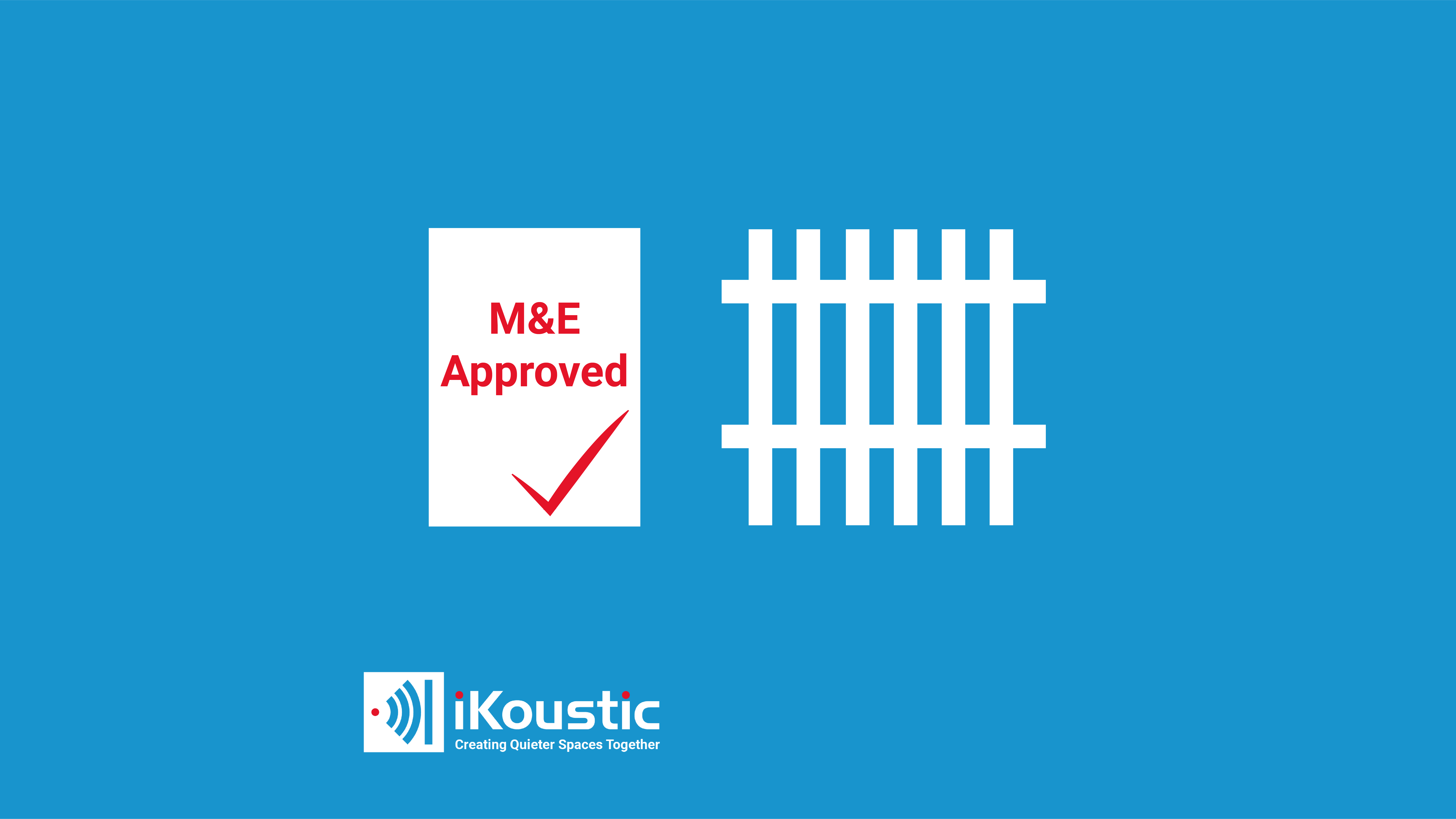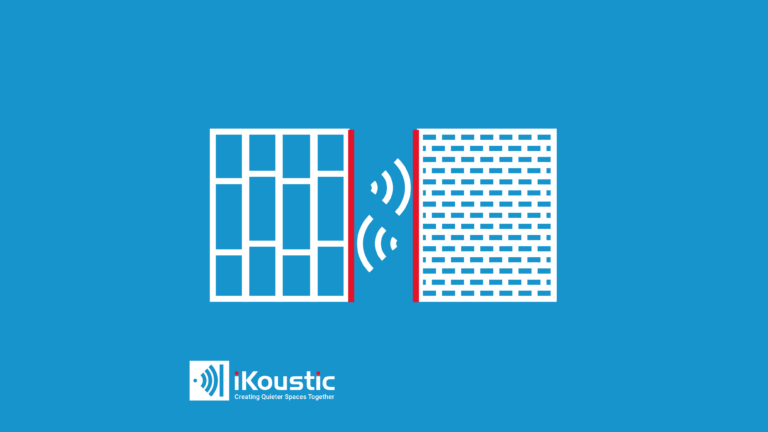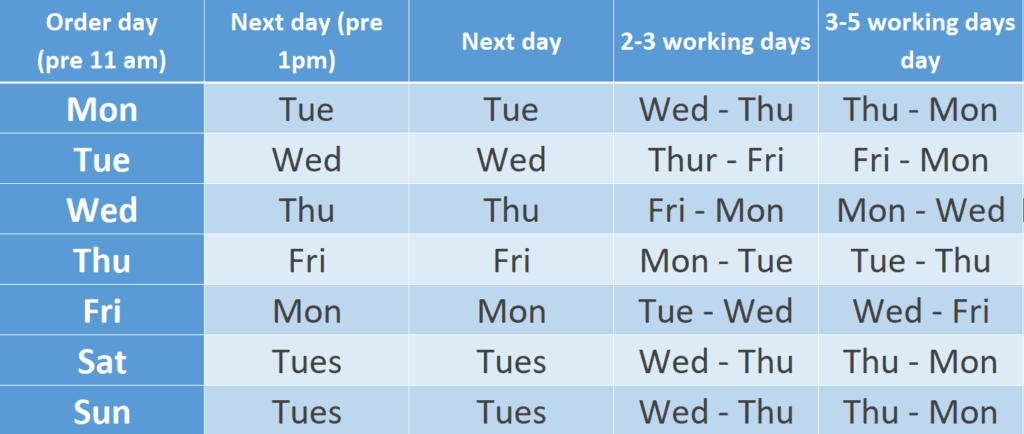Why M&E contractors need acoustic barriers
M&E contractors often need acoustic barriers to mitigate sound from equipment. Common installation jobs for M&E people include air source heat pumps (ASHP) and air conditioning units. These can be in domestic environments and the noise output often exceeds legal limits. To resolve this issue, an acoustic barrier can be installed around the equipment and control the noise.
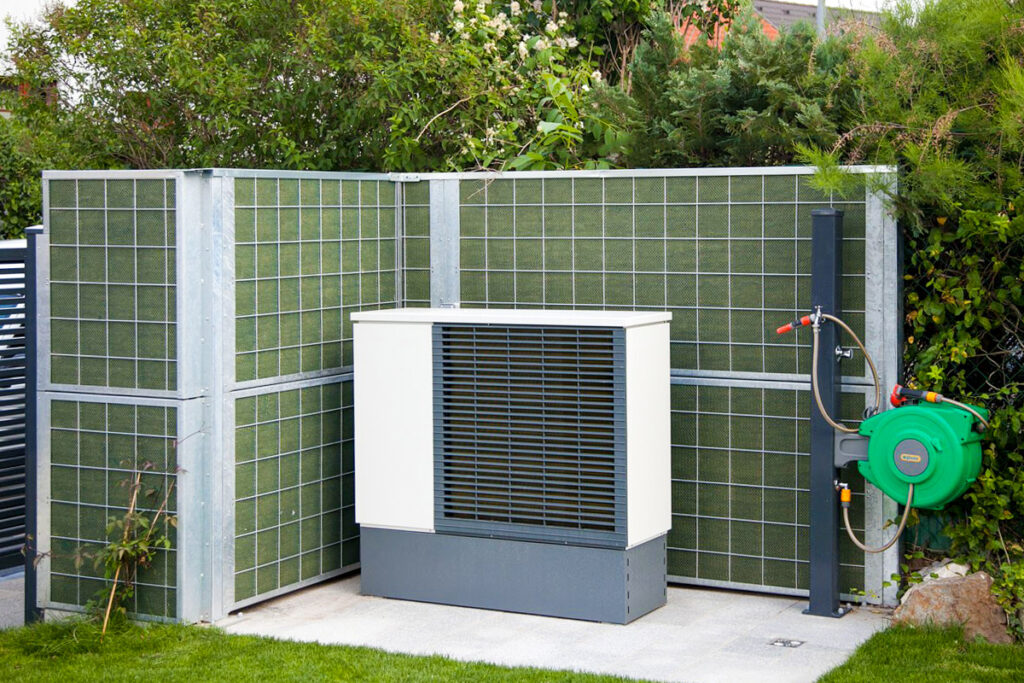
Why M&E contractors need acoustic barriers v/s solid barriers
M&E contractors need acoustic barriers v/s solid barriers as the equipment installed often needs good airflow. An acoustic barrier configuration is designed around the equipment or machinery to ensure it does not compromise the running efficiency. Instead, it controls the transmission of sound while allowing normal operation.
While a solid barrier, such as a brick wall, can have a high sound insulation rating, it is often not practicable to build one or efficient. In addition, an acoustic barrier can also be uninstalled and relocated if the machinery is ever moved.
Need an acoustic barrier or specification advice?
Acoustic barriers for commercial projects
Acoustic barriers for commercial projects allow noise limitations to be satisfied and specifications approved. It’s important to have sufficient support from acoustic specialists when specifying an acoustic barrier. While a barrier may achieve the noise reduction required, the correct configuration enables this. An acoustic specialist, like us at iKoustic,can advise able to advise and design this to ensure noise reduction is achieved without compromising the equipment.
Working on industrial sites can involve noise control inside and outside the plant. M&E contractors could be installing a generator outside, or, maintaining equipment inside the factory. An acoustic barrier can be added to projects where noise pollution is an issue for workers or the surrounding area. Legal limits of noise at work, are defined in the Control of Noise at Work Regulations.
Tall acoustic barriers for industrial use
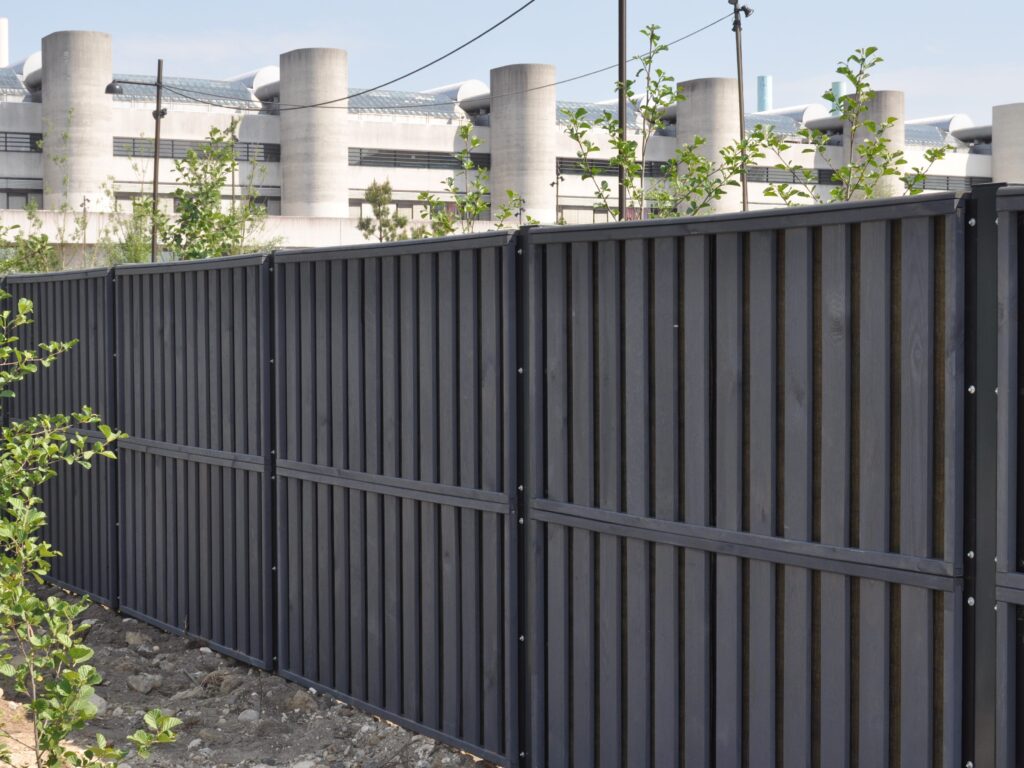
Tall acoustic barriers are needed for industrial use when the line of sight cannot be cut off from the noise source. The line of sight needs to be cut off to provide the best noise reduction possible and is often a problem for industrial projects. This is when a tall, modular acoustic barrier needs to be built and often renders wood fences useless.
Acoustic barriers, like the Noistop, with steel fence posts can be built up to 6m (depending on wind loading). This allows M&E contractors to sufficiently control the source of noise in industrial areas. These acoustic barriers can be built into full acoustic enclosures, with a door, when strict limitations have to be met.
Acoustic enclosures for industrial noise control
Acoustic enclosures are used for industrial noise control when machinery and equipment produce exessive noise. Enclosures are usually built around one piece of machinery, to control noise at the source. Our acoustic barriers can be built into enclosures, and fitted with a door, to control noise inside the workplace.
When an M&E contractor is installing or maintaining equipment that is likely to exceed limits, they should suggest an enclosure. While some plants issue workers with ear protection, this leads to other health and safety issues. It is far more efficient and safe to control noise at the source and resolve the issue.
Domestic Air Source Heat Pump noise limits UK
Domestic air source heat pump noise limits in the UK, are outlined by the MSC Scheme. However, if a complaint is raised then a BS4142 sound test is issued. The MSC regluations Scheme often produces inaccurate results as too many factors are assumed before a calculation is reached. A background noise level of 40dB is assumed meaning properties with less background noise will hear the ASHP more than the calculation predicts.
If an ASHP is installed by an M&E contractor without an acoustic barrier having passed the MSC calculation, it can still be raised as an issue. This would initiate a BS4142 sound test, which is an accurate measurement of the actual background noise and sound disturbance created. Should the installation exceed limits, a barrier must be erected.

